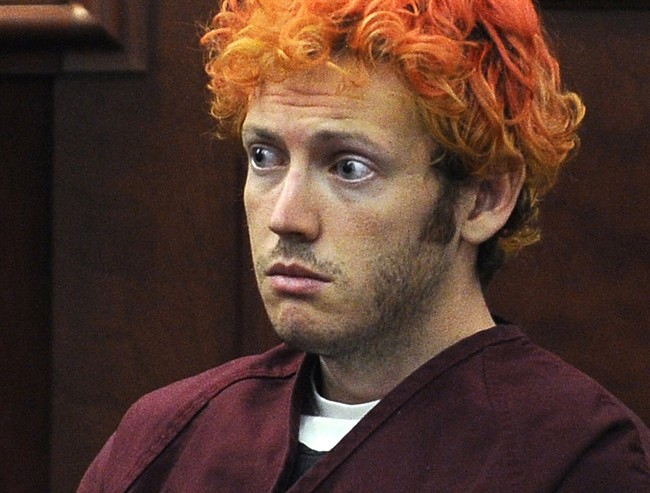Most active shooters don’t just “snap” and shoot up a school because they’re mentally ill, according to a new FBI report.

Instead, future active shooters exhibit a variety of concerning pre-attack behaviours that friends and loved ones can identify days, weeks or even months before the behaviour results in tragedy.
Would-be shooters typically face several major stress points in their lives, exhibit violent or troublesome behaviour toward others, and may even signal their intent to do harm to a perceived tormenter, according to the report.
Active shooters also tend to target at least one specific individual who is known to them, often due to an interpersonal or employment dispute that they have trouble resolving.
“As an active shooter progresses on a trajectory toward violence, these observable behaviours may represent critical opportunities for detection and disruption,” the report says.
The FBI says 221 people were killed and 722 were wounded in active shooter situations from 2016-2017, and that last year was the worst on record for active shootings with 30 incidents.
The FBI defines an active shooter as anyone who becomes “actively engaged in killing or attempting to kill people in a populated area,” except in cases of gang or drug-related violence.
Building a profile
FBI analysts reviewed 63 active shooter cases from 2000-2013 to develop a laundry list of red-flag behaviours that might signal future attacks. They say the list can help law enforcement and members of the public with identifying someone who might be on the path toward committing a violent act.
The FBI points out that there were “very few” clear demographic patterns among the active shooters, other than that they were overwhelmingly male and tended not to have a violent criminal history.
The report found that 59 of the 63 shooters were men, 57 per cent were single and 63 per cent of them were deemed to be white.
Mental health
The FBI report specifically took issue with one common rhetorical response to mass shootings, which involves pinning blame for the incident on mental health.
“Declarations that all active shooters must simply be mentally ill are misleading and unhelpful,” the report said.
Only 25 per cent of active shooters involved in the study were previously diagnosed with a mental illness, and only three shooters were diagnosed with a psychotic disorder.
The report also points out that while mental health is one of the most common stresses that can trigger an active shooter, it is not the same as mental illness. Instead, it’s just one among several factors and stress sources that contribute to a person becoming an active shooter.
U.S. President Donald Trump blamed mental illness for the mass shooting in Parkland, Fla., in February, when a lone gunman killed 17 students and staff at Marjory Stoneman Douglas High School.
How they prepare
In most cases, active shooters targeted at least one person they knew at a familiar location, the FBI report found.
“Active shooters tended to attack places already familiar to them, likely as a result of a personal grievance which motivated the attack, and/or as a result of operational comfort or access,” the report says.
The report also found that 77 per cent of future active shooters spent at least a week planning out their attack, and just under half of them (46 per cent) actually went out and acquired the weapons more than a week in advance.
Active shooters acquired their weapons legally a vast majority of the time, either just before the attack (40 per cent) or much earlier for some other purpose (35 per cent), according to the report. Eleven per cent of weapons were borrowed, while only two per cent were bought illegally and six per cent were stolen.
WATCH BELOW: Vegas shooter’s car had more guns and ammo

Spotting it before it happens
The report found that in every case, there was at least one person in the active shooter’s life who noticed their problematic behaviour and did not report it to law enforcement.
Instead, most people tended to confront the potential shooter directly, the FBI said.
Future active shooters tend to exhibit four or five problematic behaviours that others might notice, including struggles with mental health, difficulty with interpersonal interactions and making threats against others.
The FBI found that students and teachers were most likely to spot the warning signs in a young potential active shooter, while a spouse was more likely to spot the signs in an adult contemplating violence.
The report acknowledges that it can feel intimidating to turn a loved one in to the authorities, but knowing the warning signs might mean the difference between life and death for the potential shooter and countless others.
“There is cause for hope because there is something that can be done,” the report says.




Comments